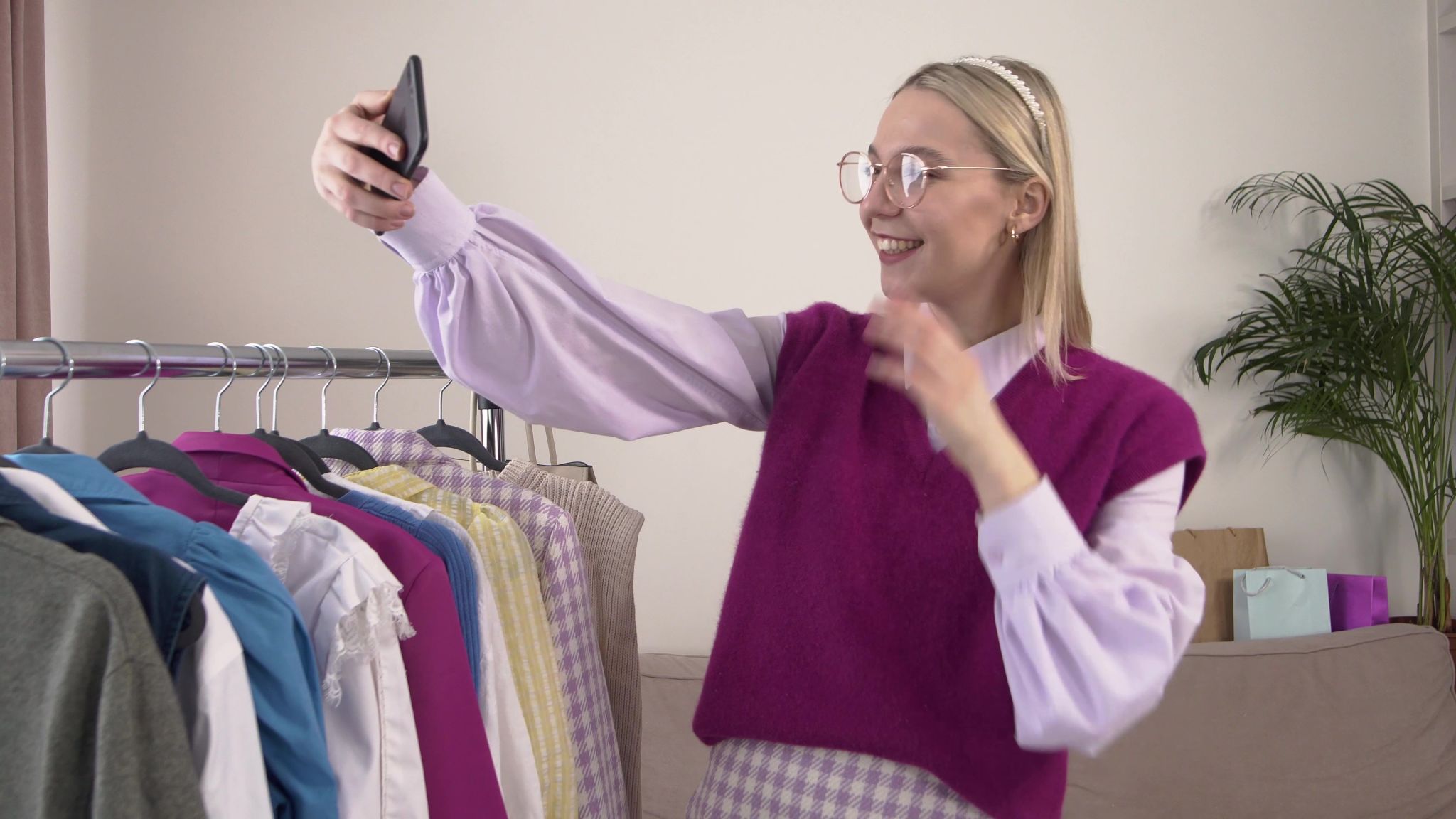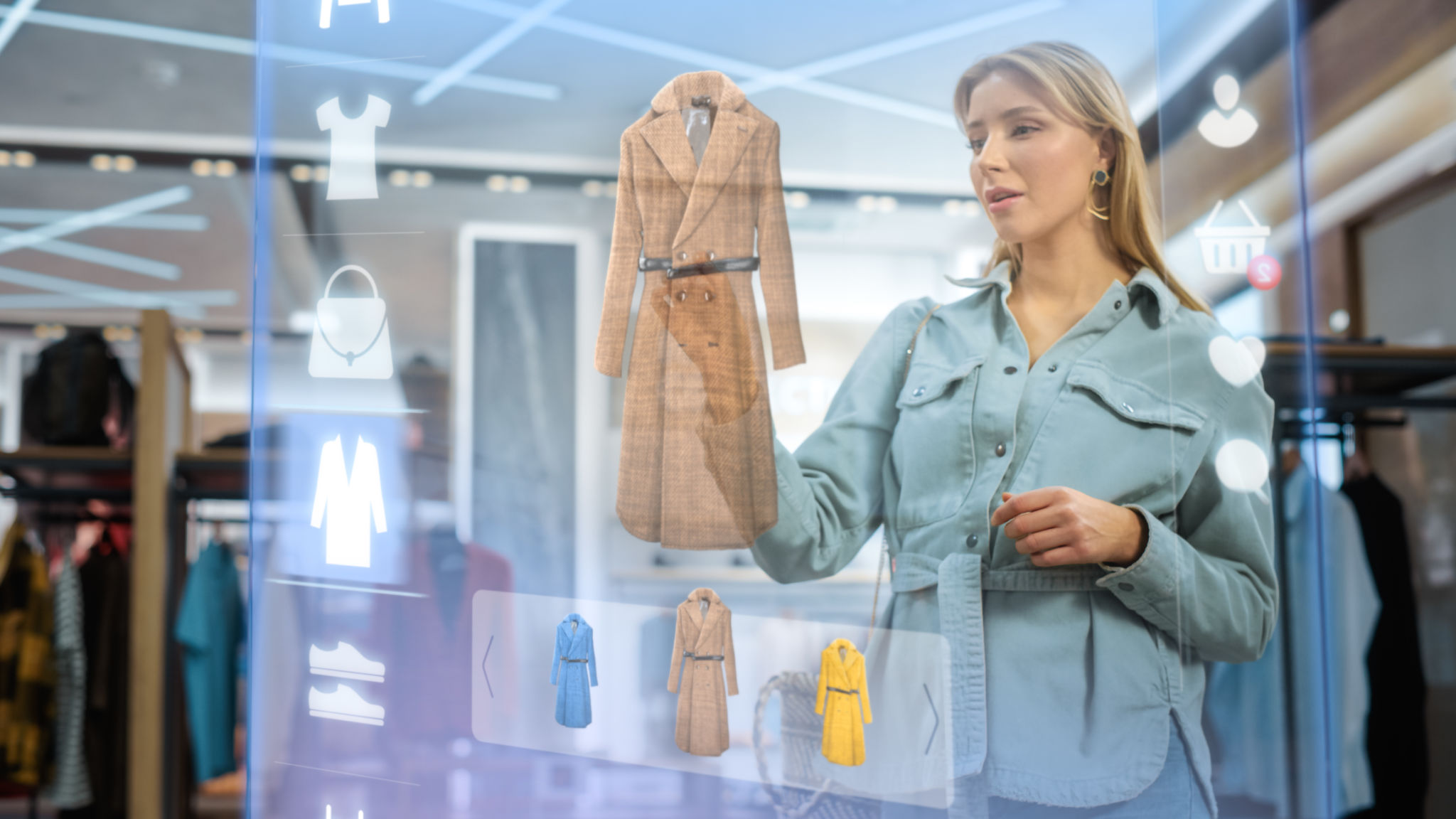Case Study: How Virtual Try-Ons are Transforming the Fashion Industry
Introduction to Virtual Try-Ons
The fashion industry has always been at the forefront of embracing new technologies, and the advent of virtual try-ons is no exception. This innovative technology is transforming how consumers interact with fashion brands, offering a seamless and engaging online shopping experience. With the rise of e-commerce, virtual try-ons have become a pivotal tool for both retailers and customers.
Virtual try-ons utilize augmented reality (AR) to allow customers to visualize how clothing, accessories, or makeup will look on them without physically trying the items on. This not only enhances the shopping experience but also aids consumers in making more informed purchasing decisions.

The Technology Behind Virtual Try-Ons
The technology powering virtual try-ons involves a combination of AR, machine learning, and computer vision. These technologies work together to map out a user’s dimensions and overlay digital clothing items onto their image in real-time. This requires precise algorithms that can accommodate different body types and movements.
Moreover, high-quality graphics and real-time processing are crucial for providing a realistic and smooth experience. Brands are investing heavily in these technologies to ensure that the virtual try-ons are as accurate as possible, thereby reducing return rates and increasing customer satisfaction.
Benefits for Consumers
One of the primary benefits of virtual try-ons for consumers is the ability to shop from the comfort of their home while still having an interactive experience. They can experiment with styles and colors they might not usually consider, without the pressure of a physical fitting room.

Additionally, virtual try-ons save time and effort by providing an instant view of how an item will look, which can significantly reduce the trial-and-error aspect of online shopping. This leads to increased confidence in purchasing decisions and can enhance customer loyalty.
Impact on Retailers
For retailers, virtual try-ons have proven to be a game-changer in reducing return rates. By allowing customers to virtually "try before they buy," there's a significant reduction in size-related returns, which are a considerable cost factor for online retailers.
Moreover, this technology provides retailers with valuable data insights into consumer preferences and behaviors. This data can be used to personalize marketing strategies, improve inventory management, and ultimately drive sales growth.

Challenges and Future Prospects
Despite the benefits, there are challenges associated with implementing virtual try-ons. Ensuring accuracy across diverse body types, maintaining privacy standards, and achieving widespread adoption are some of the hurdles faced by brands.
Looking ahead, as technology continues to evolve, we can expect even more sophisticated virtual try-on experiences. With advancements in AI and AR, these tools will become more intuitive and accessible, paving the way for further innovations in the fashion industry.
Conclusion
Virtual try-ons are revolutionizing the fashion industry by bridging the gap between physical and digital experiences. As more brands adopt this technology, its impact will continue to grow, reshaping consumer expectations and setting new benchmarks for online shopping experiences.
The future of fashion is undoubtedly digital, and virtual try-ons are a testament to how technology can enhance consumer engagement while providing tangible benefits for retailers. As we move forward, embracing these innovations will be key for brands looking to stay competitive in the ever-evolving fashion landscape.

